#1650s art
Photo
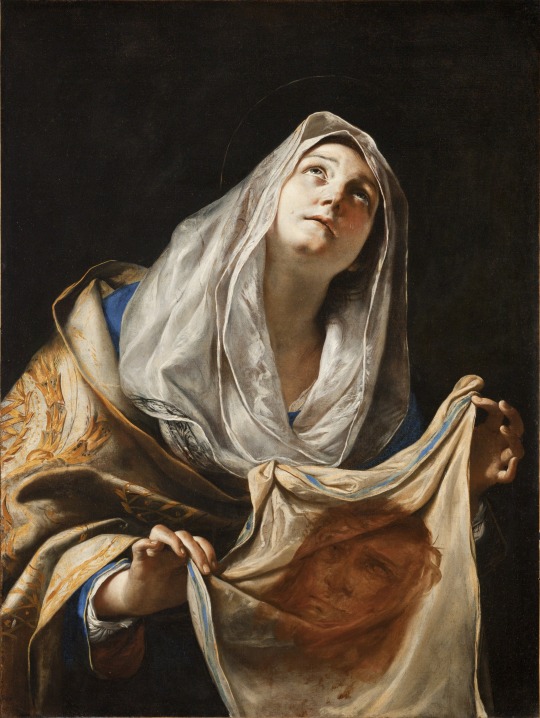
Mattia Preti / “Saint Veronica with the Veil” / 1655-1660 / Los Angeles County Museum of Art
#Mattia Preti#Saint Veronica#italian art#17th century art#17th century#1650s#1650s art#Baroque Art#Veil of Veronica
162 notes
·
View notes
Text
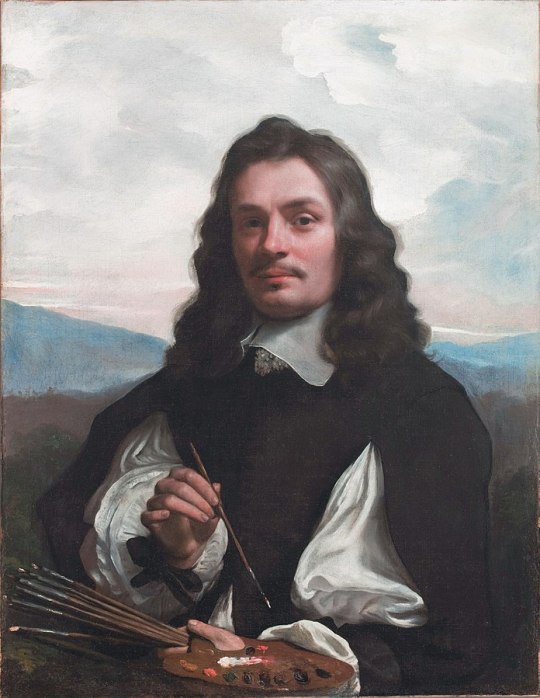
Michiel Sweerts (1618-1664)
"Self-portrait" (c. 1654)
Oil on canvas
Baroque
Located in the Allen Memorial Art Museum, Oberlin, Ohio, United States
#paintings#art#artwork#genre painting#self portrait#michiel sweerts#oil on canvas#fine art#baroque#allen memorial art museum#museum#art gallery#flemish artist#male portrait#portrait of a man#clothing#clothes#portrait of the artist#1650s#mid 1600s#mid 17th century#a queue work of art
84 notes
·
View notes
Photo

Double Portrait, English School, 1650
773 notes
·
View notes
Text
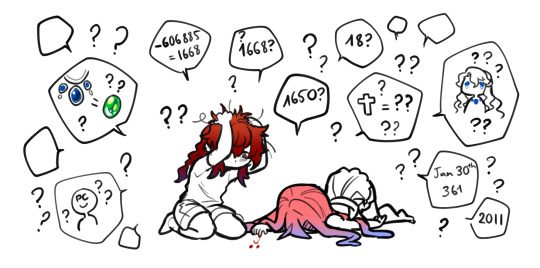
Average delulu at 1 a.m in the morning with @glutominnn
#no because why does the Schism hold so many details??#PC's past lifetime?#They knew the Wraith??#They were soooooo close????#Like#not necessarily or exactly in a romantic way but they were so so so very much close??????#the fuck IS pc' real identity exactly??#The Wraith' necklace and the Green gemstone have same calming effect?#“It's been -606885 days since the game started”??#That's roughly 1668 years? Mean the Schism took place 1650 years before PC was born??#1650 in Angel Number means...? 1668 means...????#the thing is these are all just theory#It seems the little meow meow NNN for straight up 1650 years under the Lake waiting for PC to be reborn....?#anyway our little brains hurt#oh little suffering meow meow#dol pc#dollya art#ivory wraith#Delulu with Gulugulu#DoL Daydream
215 notes
·
View notes
Text

Bartolomé Esteban Murillo (Spanish, 1617-1682)
The Annunciation, ca.1650
Museo Nacional del Prado
#Bartolomé Esteban Murillo#The Annunciation#Annunciation#christian art#christian#christianity#christentum#the annunciation 1650#art#fine art#european art#classical art#europe#european#oil painting#europa#fine arts#mediterranean#spanish art#spanish#hispanic#latin#catholic art#catholic#catholicism#1600s#the virgin mary#the blessed virgin mary#the archangel gabriel
130 notes
·
View notes
Text

Interior with a Woman Seated by a Hearth, Jacobus Vrel, circa 1654
Oil on panel
64.5 x 47.5 cm (25.39 x 18.7 in.)
Museo Nacional Thyssen-Bornemisza, Madrid, Spain
#art#painting#jacobus vrel#dutch golden age#17th century#interior#1650s#oil#genre scene#museo nacional thyssen bornemisza#dutch
138 notes
·
View notes
Text
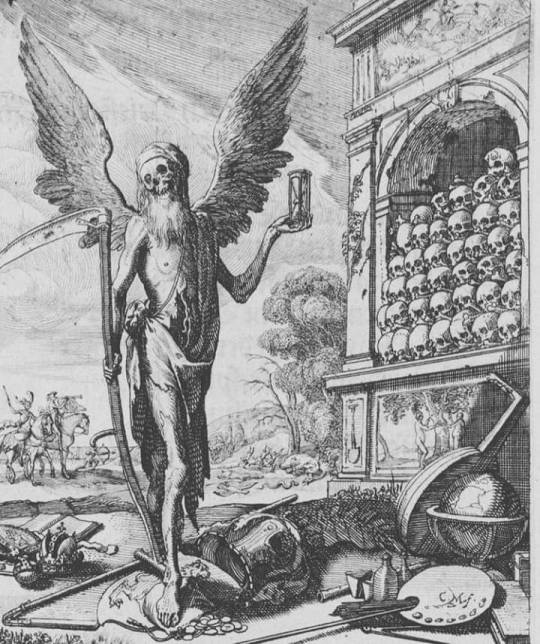
𝔗𝔥𝔢 𝔗𝔯𝔦𝔲𝔪𝔭𝔥 𝔬𝔣 𝔇𝔢𝔞𝔱𝔥. ℜ𝔲𝔡𝔬𝔩𝔣 𝔐𝔢𝔶𝔢𝔯, յճՏօ.
#The Triumph of Death#1650#Rudolf Meyer#dead#death#memento mori#grim reaper#art#illustrations#skulls#skeletons
32 notes
·
View notes
Text

"Allegory of the Vanity of Earthly Things," c. 1650, unknown French artist
This is one of my all-time favorite Baroque works, but there's, like, no scholarly works on it, so here's an excerpt from an essay I wrote on its meaning, entitled "Shadow and Light: Tenebrism and Chiaroscuro in Depictions of Femininity in Baroque Art":
"While candles in Baroque art tend to serve a similar purpose regardless of context– a literal and symbolic way to expose some otherwise obscured truth– this is used to wildly different effect throughout varying traditions. For example, the candle became a universally-recognized element of vanitas and memento mori paintings– related genres which utilized carefully-curated still lifes as a way to create physical manifestations of the inevitability of death. Items such as books, candles or lamps, skulls, and timepieces became synonymous with these late Renaissance and Baroque-era genres. Skulls, once again, serve as a constant reminder of death and the limitations of the human body, books as a symbol of the limited use of accruing earthly knowledge, and timepieces as a very tangible representation of the unstoppable, unforgiving nature of existence. While the vast, almost complete, majority of paintings within these genres are still lifes, a handful include human or humanlike (e.g. angelic) figures. One such example is the enigmatic Allegory of the Vanity of Earthly Things by an unknown French artist. This painting, while clearly referencing vanitas and memento mori paintings through the familiar naming convention (i.e. “Allegory of …”) and the direct reference to vanity in the title, as well as the selection of objects, evades direct categorization. The female figure is unnamed and unrecognized. Because of the relation of Mary Magdalene to vanitas paintings, one could make the argument that the figure is meant to be a representation of Mary. However, depictions of Mary Magdalene throughout history nearly universally depict her with long, flowing, curly, often blonde or reddish hair (with Artemisia Gentileschi’s Mary Magdalene in Ecstasy being a perfect example). Additionally, when Mary Magdalene is depicted as the subject of vanitas paintings, she is generally the one contemplating the macabre items. In this painting, the woman seems to be wordlessly communicating with an individual to the audience’s left. As she tilts the mirror– a symbol of truth, obsession with the self, and most importantly, prediction– towards this phantom audience member and points to the skull with a faint, knowing smirk, she seems to be very intentionally and explicitly indicating the point of the work– death is inevitable. If the predictive, mystical capabilities of mirrors– as well as the truth-revealing properties of the candle– are considered, one could even interpret the woman as a harbinger of death."
If anyone knows anything more about this painting, I would love to hear about it! I've developed a strange obsession with it.
#memento mori#vanitas#baroque art#chiaroscuro#tenebrism#art history#french art#french art history#1650s#17th century art#baroque#baroque history
58 notes
·
View notes
Photo

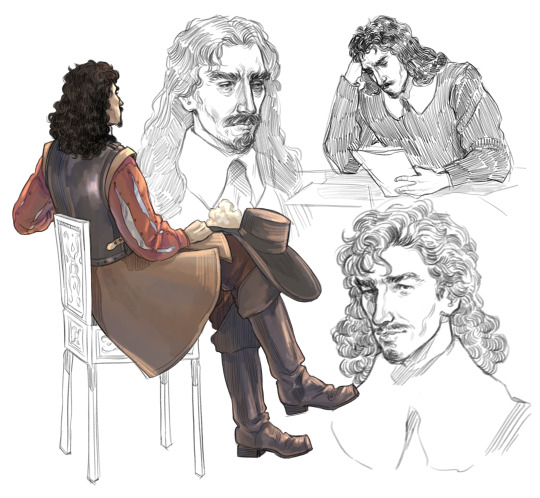

various fairfaxes and a drawing from my english civil wars hiking au which i never posted :-) [id under cut]
[image description:
the first image is a digital drawing of a group of men on a light brown background. they are all wearing hiking-appropriate clothing. from left to right: a young man swinging from a tree; arrows pointing at him read ‘weirdly passionate about hiking’ and ‘like 15′. a man leaning against a tree; arrows read ‘grumpy’ and ‘only here for family bonding with father-in-law’. a man with a cane and one arm in a sling, leaning over to read a map; arrows read ‘has injured himself on every hike so far’ and ‘designated driver’. a man reading a map with a serious expression; arrows read ‘annoyed about everything except hiking and sometimes also hiking’ and ‘only one who can read a map’. a man with his hands on his hips looking at the viewer; arrows read ‘arranges hikes and then doesn’t go on them’ and ‘good at arguing’.
the second image is a collection of four digital drawings of thomas fairfax, a man with long dark hair, a moustache, and a beard. he is wearing seventeenth-century clothing. one is a full-body coloured drawing of him sitting in a chair facing away from the viewer with his legs folded and his hat on his knee. the other three are uncoloured: two are headshots of him as a young man and an older man, and the third shows him sitting at a table reading a piece of paper with an expression of concentration.
the third image is a coloured digital portrait of thomas fairfax as an older man. he is clean-shaven and has long dark hair and a scar across his cheek. he is wearing a dark doublet and a large white falling band, and is looking to the left of the image with a serious expression.
end image description.]
#artwork#fairfax#and others! theres a bunch of blokes in the hiking one#basically the concept is it's the english civil wars but instead of having a civil war they are rival hiking groups. and they compete with#each other over hiking trails and such. i never drew the royalist group but i was imagining them to be the Official hiking club and the#parliamentarian one started because there was drama in the royalist club so they started their own#and now theres drama between both of them. hiking drama.#ANYWAY thats from last year i cant remember why i never posted it but here it is now :-)#the other ones are much newer (for the most part) i did the coloured sitting fax yesterday#the last one is based on a portrait i came across recently which may or may not depict fairfax in 1664 (the identification is questionable)#and i still havent made my mind up whether or not i think it could be him or not but i was So excited about finding such a late portrait#i knew i had to draw at least something inspired by it. i cant even tell you how i excited i was i almost exploded#for context the latest portrait we have otherwise is from 1650 so if it is actually him it is a Very Big Deal#but i dont think we will ever know because the identification has been rejected by the metropolitan museum of art :-/ alas#of course it could be raised again in the future but i dont know if anyone would care enough to do that. i would obviously. but otherwise#oh for the first one from left to right it's lambert ireton fairfax cromwell pym#i dont know if the writing will be legible given how much tumblr crunches images but We Will See#i hope you are all doing well my dear friends :-) it has been so nice to get around to answering messages today i have missed you terribly#edited to add image descriptions! sorry i didnt do that earlier my apologies
110 notes
·
View notes
Text
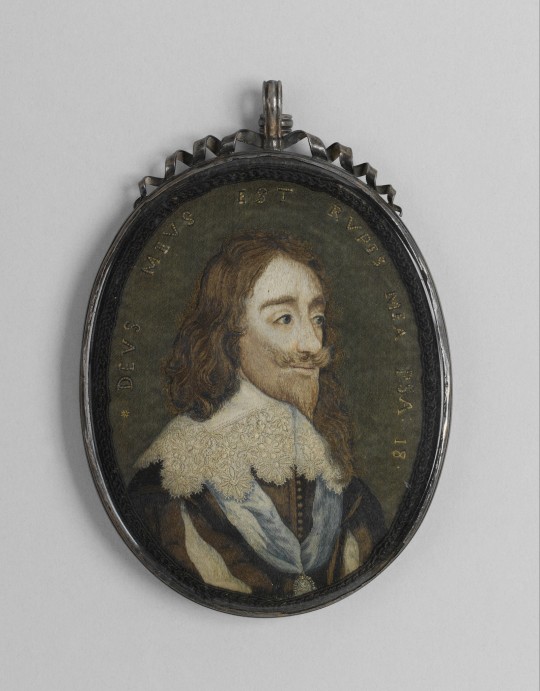
▪︎ Charles I.
Artist: After an engraving of by Wenceslaus Hollar (Bohemian, Prague 1607–1677 London)
Date: 1650-1670
Culture: British
Medium: Silk and metal thread on silk
#art#portrait#miniature#Miniature portrait#miniature painting#charles I#17th century art#17th century#Bohemian#1670#1650
77 notes
·
View notes
Text
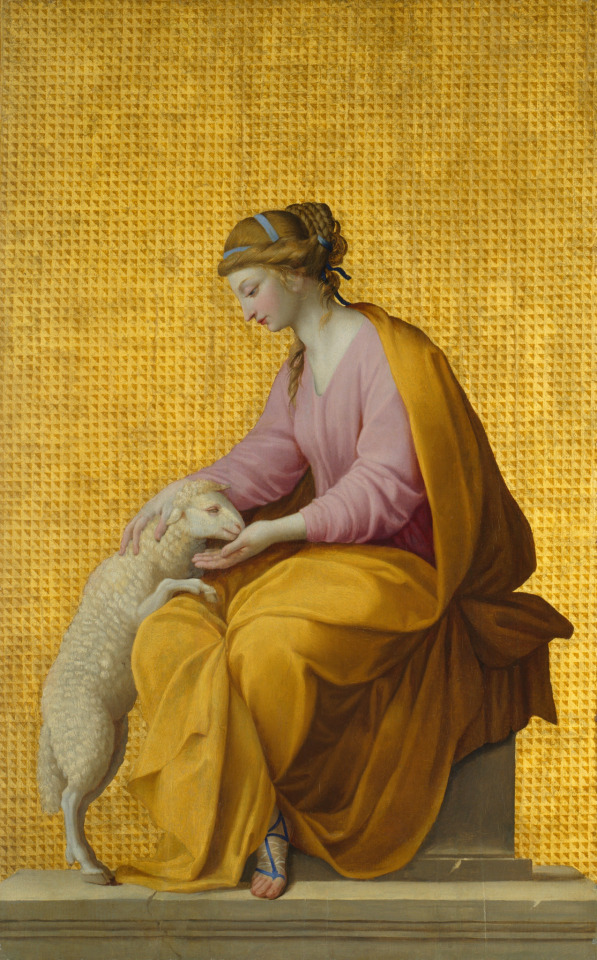
Meekness
Eustache Le Sueur
Oil on Panel, 1650
59 notes
·
View notes
Text

#Evening Landscape: A Windmill by a Stream#art#paintings#museum#art pieces#tumblr art#Jacob van Ruisdael#(c. 1650)#(680 x 1024)
35 notes
·
View notes
Text

Jacob van Loo (1614-1670)
"Group of Musicians" (c. 1650-1652)
Oil on canvas
Dutch Golden Age
Located in the Thyssen-Bornemisza Museum, Madrid, Spain
#paintings#art#artwork#genre painting#genre scene#jacob van loo#oil on canvas#fine art#dutch golden age#baroque#thyssen bornemisza museum#museum#art gallery#dutch artist#musician#musical instruments#clothing#clothes#1650s#mid 1600s#mid 17th century
93 notes
·
View notes
Photo

Bronze Vase with Roses, Pedro de Camprobin, 1640-60
#bronze vase with roses#Pedro de camprobin#camprobin#1640#1650#1660#1640s#1650s#1660s#1600s#17th century#still life#painting#flowers#roses#art
358 notes
·
View notes
Photo

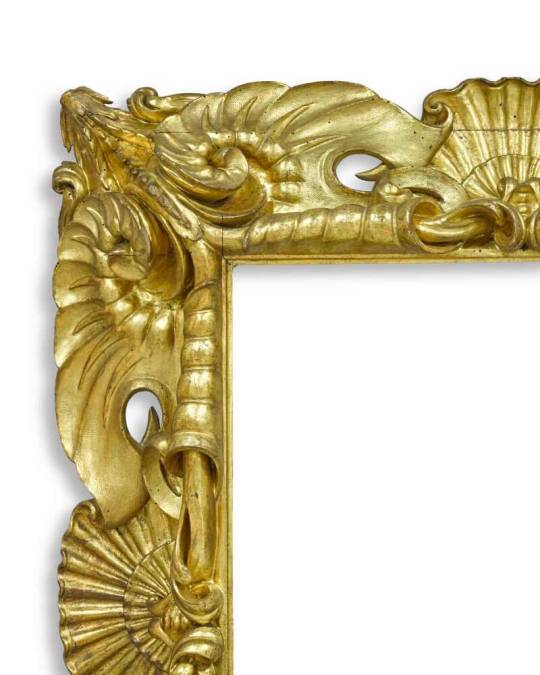
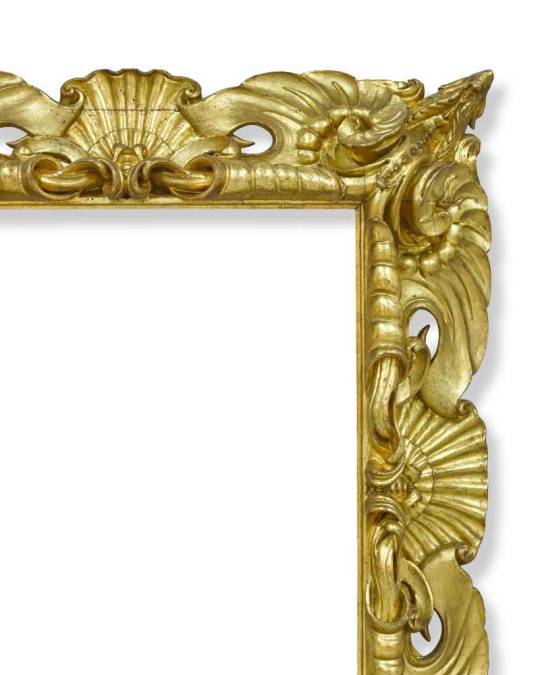

An Italian carved giltwood 'Medici' frame, Florence, circa 1650
overall: 125 x 110cm.
interior only: 85.5 x 70.5cm.
#An Italian carved giltwood 'Medici' frame Florence circa 1650#frame#picture frame#art#artist#art work#art world#art news
44 notes
·
View notes
Text

Still life with fruits, c.1650 by anonimous
11 notes
·
View notes